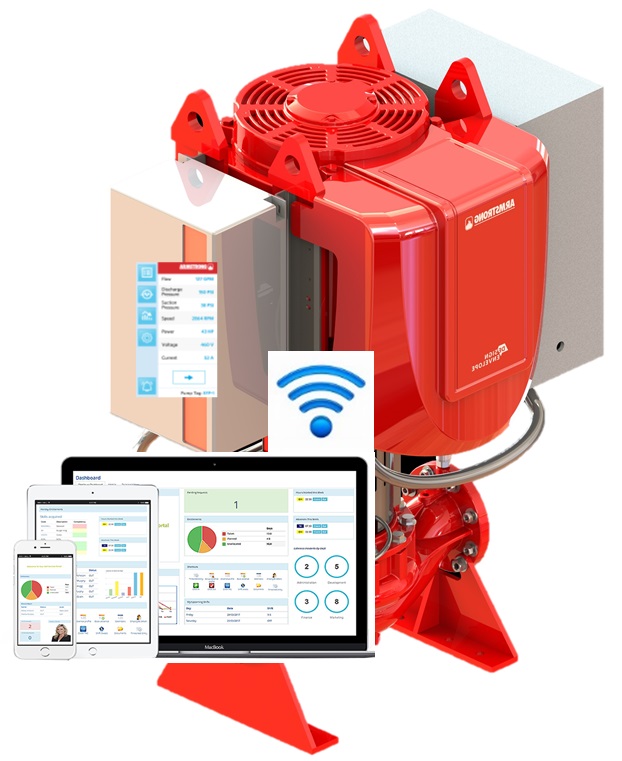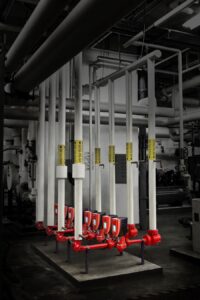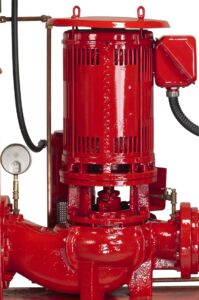Armstrong Introduces Industry-First Fire Pump

Armstrong Introduces the Industry’s First Self-Regulating Variable-Speed Fire Pump with Fire Manager. (Image source: Armstrong Fluid Technology)
In addition to providing important new safety benefits, Armstrong’s new Design Envelope Fire Pump holds the distinction of being the first self-regulating variable-speed fire pump to meet NFPA-20 (2019 Edition), Section 4.8 standards.
“As the first and only self-regulating, variable-speed fire pump available, the Armstrong Design Envelope Fire Pump offers unique points of value for customers. Key among these are the cost savings and performance improvements that result from eliminating many pressure-reducing valves from the sprinkler system.” said Steven Baird, Marketing Manager, Fire Products, Building Systems Solutions. “This innovation allows simplification of the piping design for a safer, more economical fire suppression system.”
Some of the benefits of Design Envelope Fire Pump with Fire Pump Manager and self-regulating, variable-speed technology include:
- Cost-savings of up to $1,500 per sprinkler branch, per floor, from the elimination of PRVs
- Increased design flexibility
- Increased reliability and safety supported by real-time and historic test and performance data
- Ability to predict and report potential equipment failure that could result in expensive damage and/or loss of life
- Reduction of the number of zones in a sprinkler system and the potential elimination of storage tanks
- Help with fire systems having large differentials between static and residual pressures
Through Active Performance Management and Armstrong 360 Service and Support solutions, Armstrong believes engineers, contractors and owners will get the best possible performance and value from fire safety systems at every phase in the lifecycle of a building.
“The new Fire Pump Manager feature helps to ensure safe, reliable performance in fire suppression systems, and provides complete transparency into the testing and reliability of the pump.” Baird concludes.







